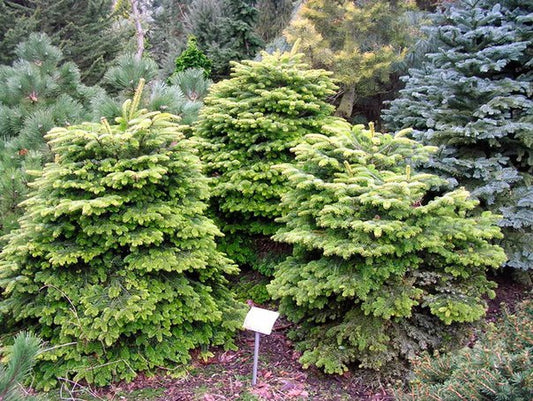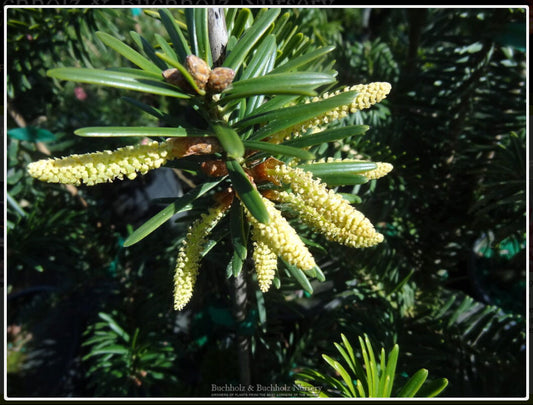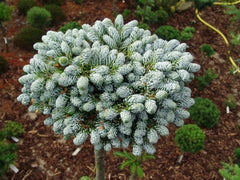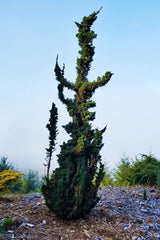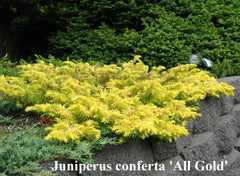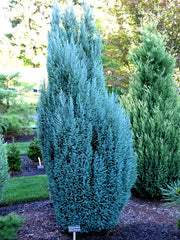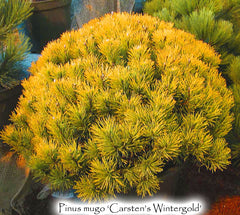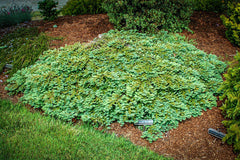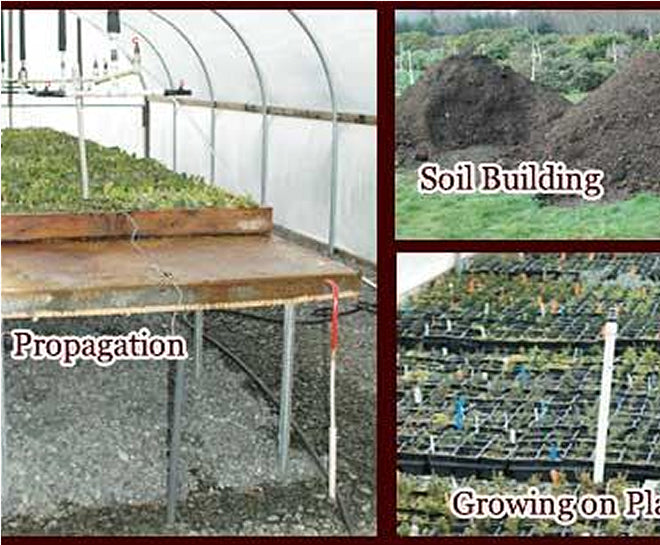-
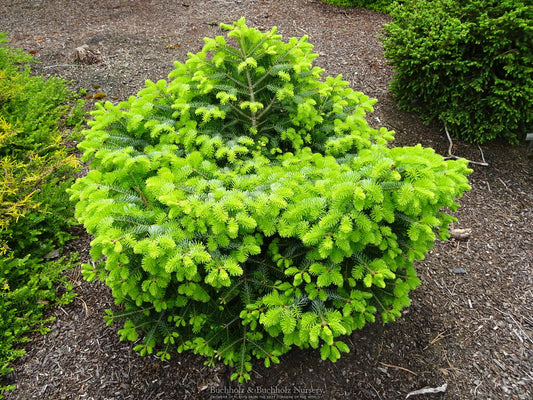 Sold outSold out
Sold outSold out -
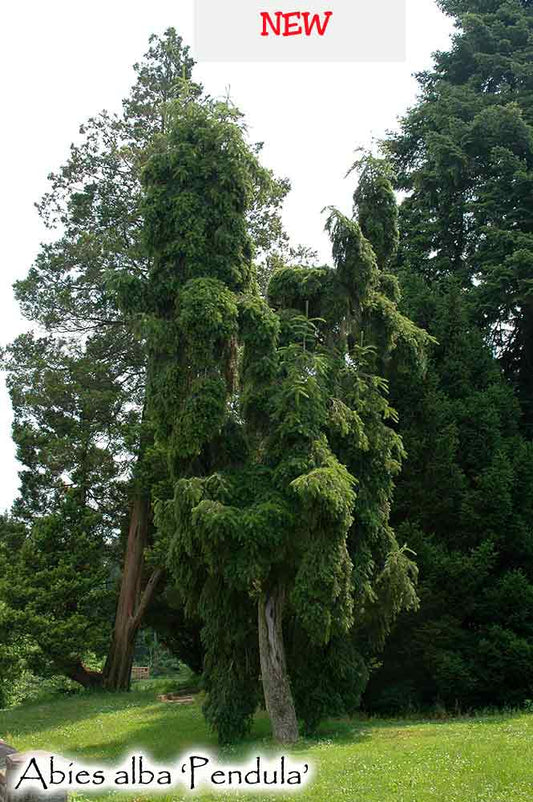 Sold outSold out
Sold outSold out -
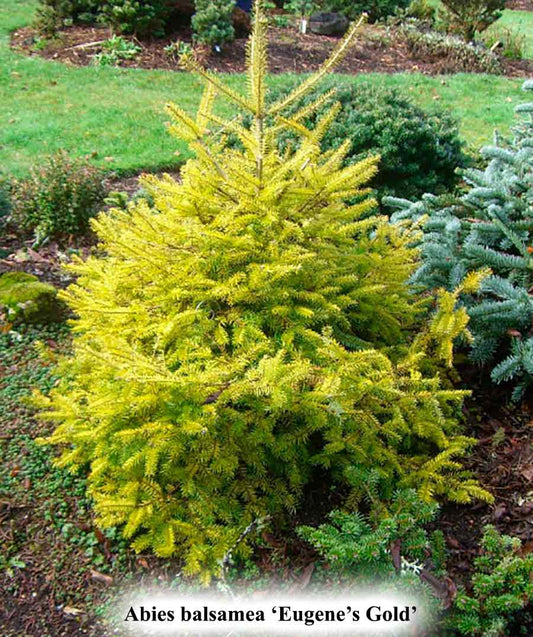 Sold outSold out
Sold outSold out -
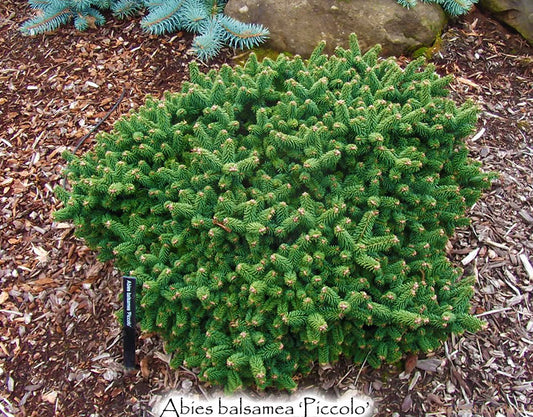 Only a few left!
Only a few left! -
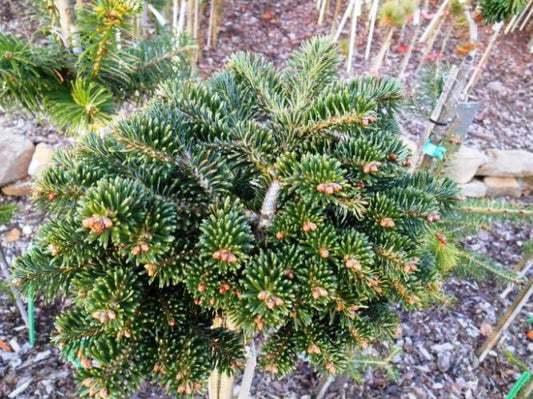 Only a few left!
Only a few left! -
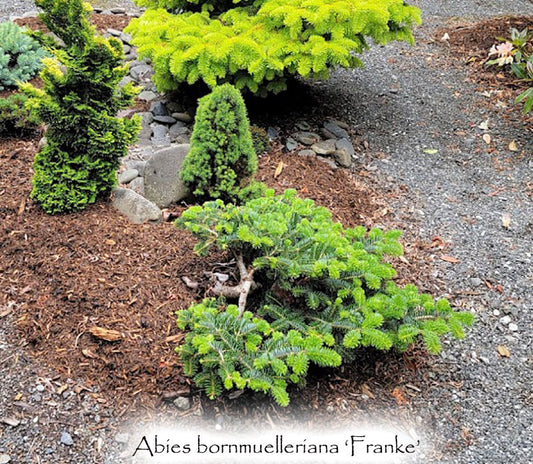 Sold outSold out
Sold outSold out -
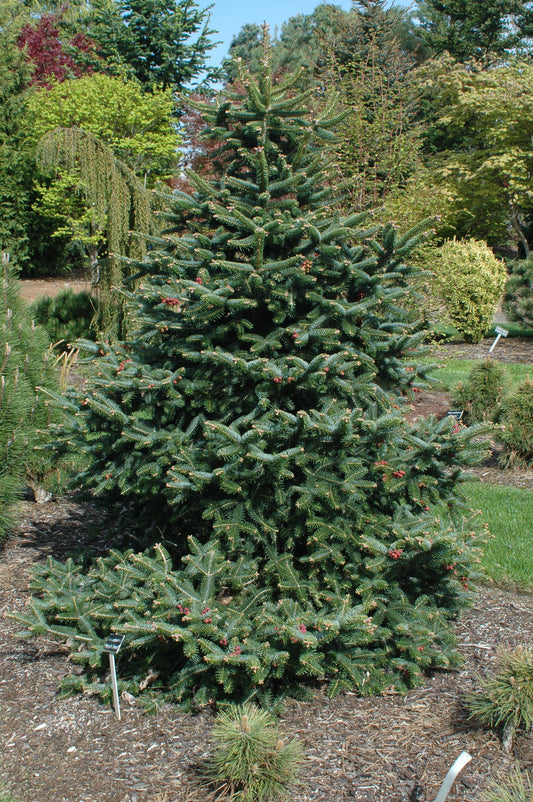 Only a few left!
Only a few left! -
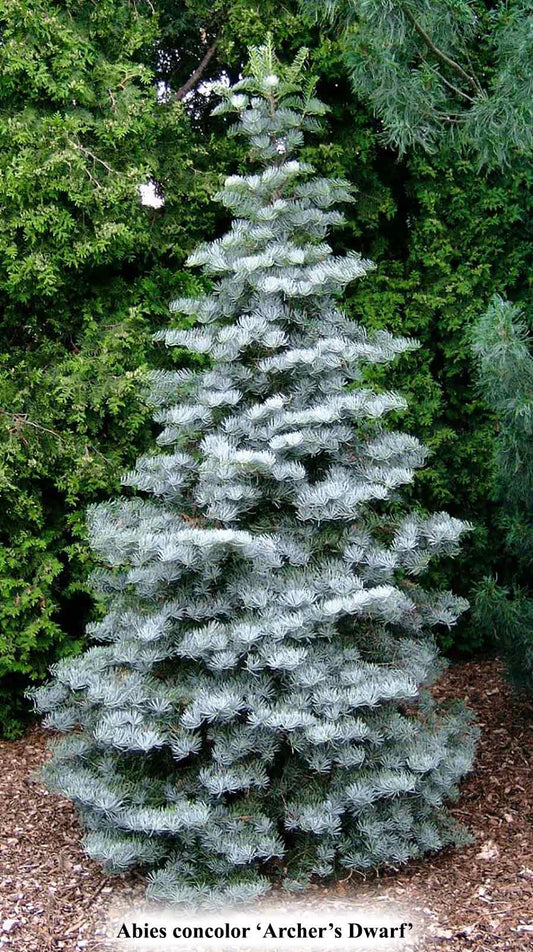 Sold outSold out
Sold outSold out -
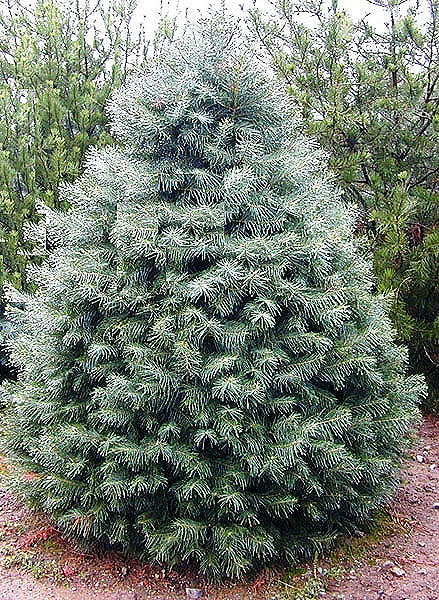 Sold outSold out
Sold outSold out -
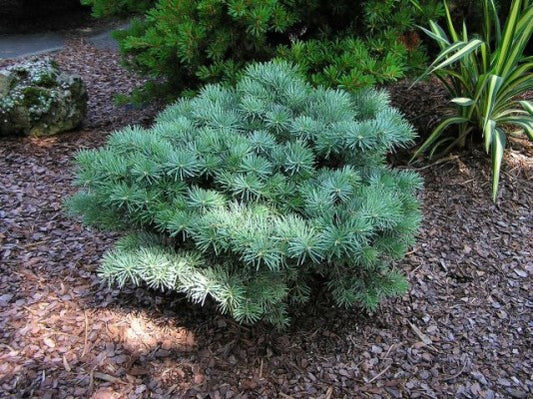 Sold outSold out
Sold outSold out -
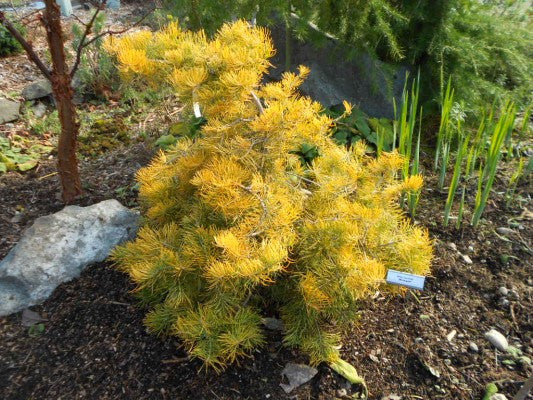 Sold outSold out
Sold outSold out -
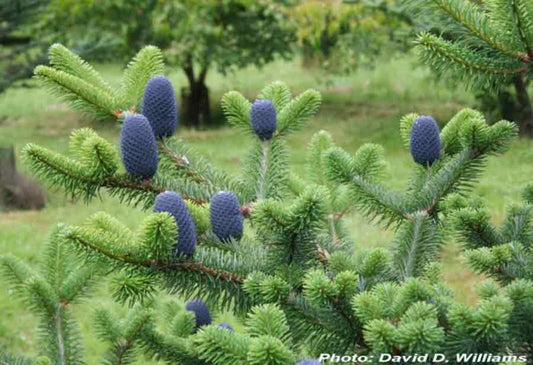 Sold outSold out
Sold outSold out -
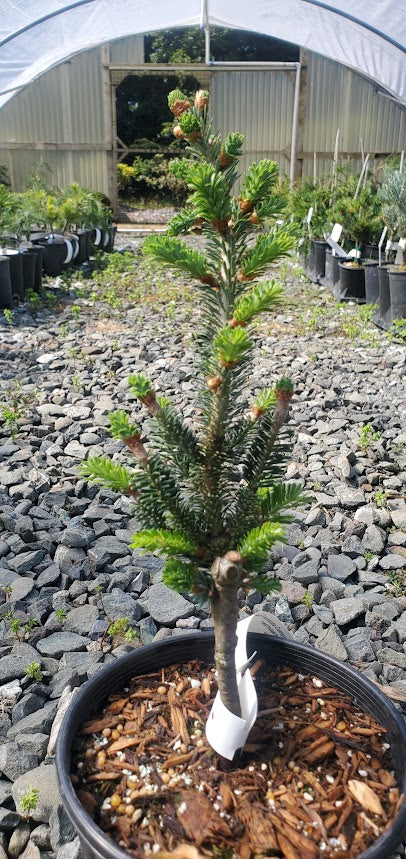 Only a few left!
Only a few left!
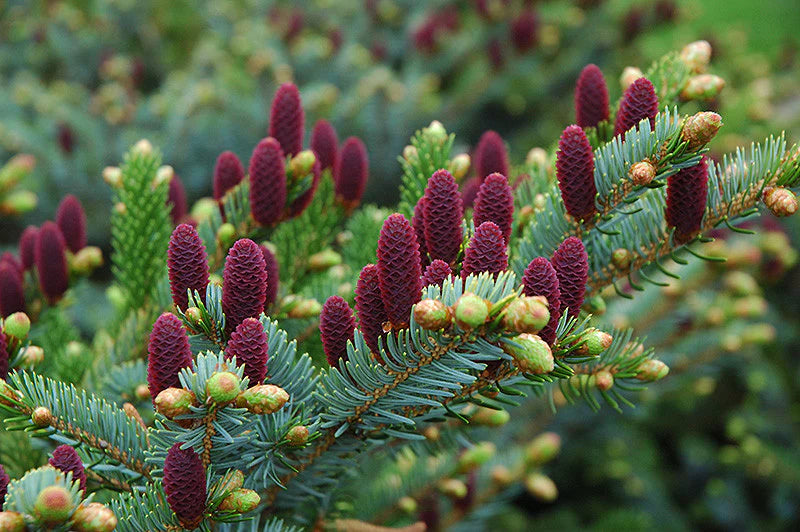
Choose a Dwarf Conifer for your garden
With so many beautiful options, it’s easy to find a dwarf conifer that fits your garden’s style and space. Looking for bold color? Try the golden glow of Carsten Wintergold or the silvery-blue tones of Blue Star. Want texture and shape? Little Markey or Filifera Aurea Nana offer graceful form and year-round structure. If you’re building a rock garden or miniature landscape, Mother Lode, and Green Carpet Juniper provide stunning ground cover. Whether you’re after a dramatic focal point or soft accents around stepping stones, our collection of compact dwarf and slow-growing conifers makes it easy to design with confidence.

Planting and Caring for Your Dwarf Conifer
Dwarf conifers are surprisingly easy to care for once they’re in the right spot. Most prefer well-drained soil and plenty of full sun, although some, like Thuja occidentalis 'Little Simon', and Picea glauca 'Pendula', can tolerate light shade. If your yard has clay soil, consider planting on a mound or amending the soil to improve drainage. These plants are slow growers, so they don’t need much pruning—just occasional shaping if you’re going for a pom pom or formal look. As your plants settle in, regular watering in the first year helps establish strong roots. With the right care, even a small miniature conifer can bring joy for decades to come.
FAQs
How fast do slow-growing conifers grow?
Most slow-growing conifers grow just 1 to 6 inches per year, while miniatures grow 1 inch or less a year, depending on the variety and growing conditions. Cultivars like Abies nordmanniana ‘Munsterland’ or nus mugo (Pinus mugo ‘Valley Cushion”) are known for their very gradual growth rate, making them perfect for gardeners who want structure without constant pruning.
Can dwarf conifers grow in clay soil?
Yes, but they need the right setup. While many conifers prefer well-drained soil, those with clay soil can still succeed by planting in raised beds or amending the area to improve drainage. Varieties like Thuja occidentalis and common juniper are more tolerant of heavier soils.
What are some good choices for ground cover or borders?
If you’re looking for ground cover, consider Mother Lode— all are low-growing, spreading types with great texture and color. They work beautifully at the front of beds, along pathways, or cascading over rock walls.
Are there dwarf conifers that add vertical structure?
Absolutely. Picea abies ‘Cupressina’, and white fir are great for creating vertical elements in a small space. Their pyramidal shape offers height without taking up too much ground, adding elegance and structure to the garden.
What’s the difference between a compact dwarf and a regular conifer?
A compact dwarf or miniature conifer is bred or selected for its reduced growth rate and smaller final size. Unlike standard conifers, which can become massive over time, compact or miniature conifers remain manageable—making them ideal for detailed landscape work, conifer gardens, and home gardens.
Can I mix dwarf conifers with other plants?
Definitely! Dwarf conifers pair beautifully with perennials, grasses, and flowering shrubs. Use them as focal points among seasonal colors or combine different textures and heights—like Glauca compacta with low-growing sedums—for a dynamic, four-season garden.
